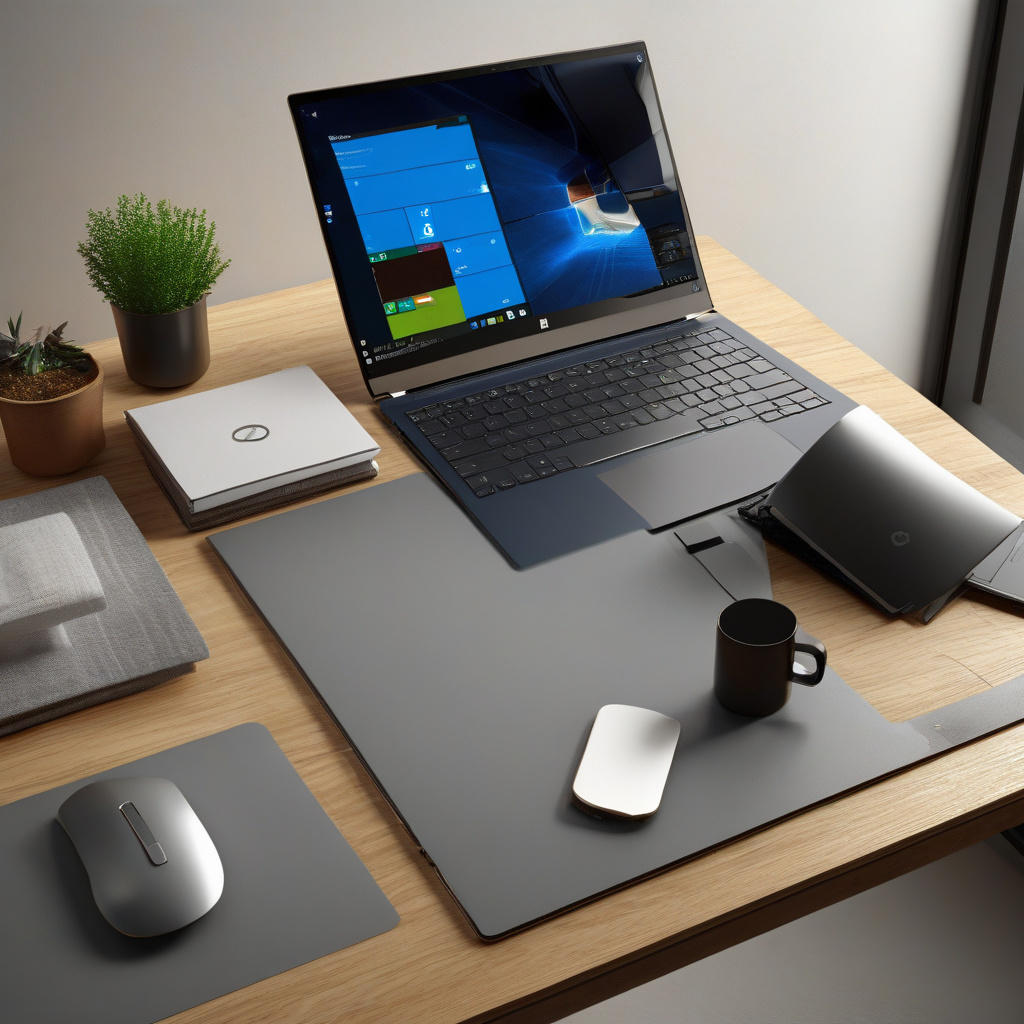In the fast-paced world of technology, having a slow Windows 10 PC can be a major frustration for IT professionals and developers alike. The good news is that there are numerous ways to speed up your system and boost its performance without having to delve deep into complex technical solutions. By implementing some simple tweaks and adjustments, you can ensure that your Windows 10 machine operates at its optimal level. Let’s explore 19 effective strategies to speed up Windows 10 and enhance your overall computing experience.
1. Change Your Power Settings
One easy way to give your PC an instant performance boost is by adjusting your power settings. Switching from the “Power saver” plan to either “High performance” or “Balanced” can significantly improve your system’s speed. Simply navigate to Control Panel > Hardware and Sound > Power Options to make the change.
2. Disable Programs That Run on Startup
Many unnecessary programs run in the background when you start your PC, slowing it down. Use the Task Manager to disable these startup programs. Press Ctrl-Shift-Esc, go to the Startup tab, and disable any programs that you don’t need.
3. Go to a Previous Restore Point
Windows 10 creates restore points that can help restore your system to a previous state. If your PC has slowed down unexpectedly, consider reverting to a previous restore point to improve performance.
4. Use ReadyBoost to Speed Up Disk Caching
Utilize Windows’ ReadyBoost feature to cache data to a USB flash drive, which can speed up disk caching and improve overall system performance, especially if you have a traditional hard disk.
5. Shut Off Windows Tips and Tricks
Disable Windows’ intrusive tips and suggestions to prevent your PC from running sluggishly. Navigate to Settings > System > Notifications & actions and uncheck “Get tips, tricks, and suggestions as you use Windows.”
6. Stop OneDrive from Syncing
Temporarily pause OneDrive syncing to see if it’s affecting your PC’s performance. Right-click the OneDrive icon in the notification area, click Pause syncing, and choose a duration. Consider unlinking your PC from OneDrive for a permanent solution.
7. Use OneDrive Files On-Demand
Opt for OneDrive’s Files On-Demand feature to minimize syncing and only access files when necessary. This can enhance performance while still allowing you to leverage OneDrive for file backup.
8. Turn Off Search Indexing
Disable search indexing to improve performance, especially on slower PCs. You can turn off indexing completely or customize which locations are indexed to speed up your system.
9. Clean Out Your Hard Disk
Use Storage Sense in Windows 10 to free up disk space by removing unnecessary files. This tool helps optimize storage and can lead to a speed boost for your PC.
10. Clean Out Your Registry
Utilize a reliable Registry Cleaner tool to clean up your Windows Registry and remove outdated settings that may be slowing down your system. Make sure to back up your Registry before cleaning it.
11. Disable Shadows, Animations, and Visual Effects
Turn off unnecessary visual effects in Windows 10 to improve system performance. Adjust settings in the Performance Options dialog box to enhance speed, especially on older PCs.
12. Disable Transparency
In addition to other visual effects, disable transparency effects in Windows 10 to further boost performance. Navigate to Settings > Personalization > Colors and turn off transparency effects.
13. Update Your Device Drivers
Ensure your device drivers are up to date, especially graphics drivers, to optimize system performance. Use the Device Manager to update drivers and resolve any compatibility issues.
14. Turn On Automated Windows Maintenance
Enable automated Windows maintenance to ensure your PC runs smoothly. Adjust maintenance settings to run daily and keep your system optimized without manual intervention.
15. Kill Bloatware
Remove bloatware and adware that may be consuming system resources and slowing down your PC. Run antivirus scans and use tools like PC Decrapifier to eliminate unwanted software.
16. Defrag Your Hard Disk
Regularly defragment your hard disk to optimize file storage and improve system performance. Use the built-in defragmenter in Windows 10 to keep your disk organized and running efficiently.
17. Disable Game Mode
If you’re not actively gaming, consider turning off Game Mode in Windows 10 to free up system resources. Disabling Game Mode can help boost overall performance when gaming is not a priority.
18. Run Windows Troubleshooters
Utilize Windows’ built-in troubleshooters to diagnose and resolve system issues automatically. Run recommended troubleshooters or troubleshoot specific problems to enhance system performance.
19. Shut Down and Restart Windows
Rebooting your PC can clear excess memory usage and terminate unnecessary processes, improving overall speed and performance. Regularly restarting your Windows 10 system can help maintain optimal functionality.
By implementing these 19 strategies to speed up Windows 10, you can optimize your PC’s performance and ensure a smoother computing experience. Whether you’re a seasoned IT professional or a tech-savvy enthusiast, these simple yet effective tips can help you unlock the full potential of your Windows 10 machine. Remember, a faster PC leads to increased productivity and a more enjoyable user experience in today’s fast-paced digital world.

